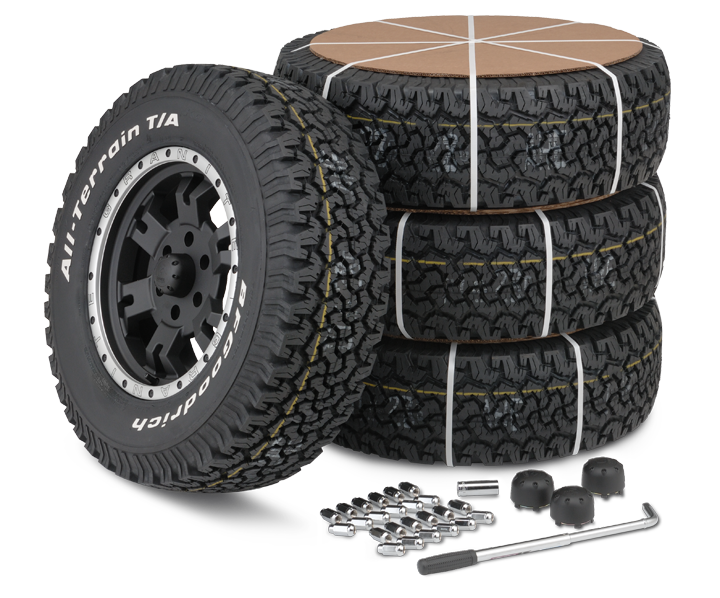Tire Solution: The Effect of Weather
When it concerns ensuring ideal efficiency and safety when traveling, understanding the influence of weather conditions on tire solution is important. From scorching warmth to icy roads, each weather condition component can considerably affect tire capability and overall driving experience. By delving right into the results of varying weather condition problems on tires, chauffeurs can get beneficial understandings that may enhance their car's performance and durability. In this conversation, we will certainly explore the detailed connection in between weather and tire service, dropping light on the importance of weather-specific tire upkeep techniques and factors to consider.
Warm and Tire Efficiency
When subjected to heats, tires experience modifications in performance that can substantially influence lorry security and handling. The heat produced from extended driving or warm climate problems causes the tire rubber to soften, leading to minimized walk life and enhanced wear. As the rubber comes to be softer, the tire's grip on the roadway decreases, affecting stopping ranges and overall traction. In severe cases, extreme warmth can also trigger tire blowouts, positioning a severe safety and security risk to the automobile and its occupants.
In addition, heats can increase the process of tire aging, triggering the rubber to deteriorate quicker. This can lead to splits, bulges, and various other kinds of damages that compromise the architectural stability of the tire. To alleviate the effects of warmth on tire efficiency, drivers need to consistently examine their tire stress, rotate tires to guarantee even use, and examine for any indications of damage. Additionally, using tires especially developed to withstand high temperatures can aid maintain ideal efficiency and safety when traveling.
Cold Weather Condition Effects
Cold climate conditions can have a substantial effect on tire efficiency and safety and security. As temperatures drop, tire rubber can solidify, resulting in reduced traction on icy or snow-covered roads. In winter, tires might likewise lose air pressure extra quickly, which can impact managing and gas effectiveness. In addition, cool temperature levels can create tire sidewalls to tense, boosting the risk of damage from pits or other roadway threats.
To minimize the results of cold climate on tires, it is critical to consistently inspect tire pressure and inflate them to the maker's suggested levels. Making use of winter season or all-season tires made for cool climate problems can likewise enhance traction and grasp on icy or snowy roads - tire shop morris. Correct tire upkeep, including regular examinations for wear and damages, becomes a lot more important during cooler months to make certain optimum performance and safety and security
Rainy Conditions Impact
During rainy conditions, tire efficiency and safety and security can be dramatically affected by the damp roadway surfaces and lowered presence. The step pattern of tires plays a critical duty in maintaining traction on wet roadways. Tires with damaged footsteps are much more susceptible to hydroplaning, where a layer of water accumulates between the tire and the road surface area, causing loss of grip. To fight this, chauffeurs should routinely examine their tires for adequate step deepness and consider buying tires particularly created for wet problems.

Snow and Tire Safety And Security
Snow-covered roads posture distinct difficulties for vehicle drivers, highlighting the importance of proper tire option and maintenance. When driving in snowy conditions, having the best tires can make a significant difference in security and efficiency. Winter tires are developed with unique rubber compounds and walk patterns to supply far better traction on snow and ice contrasted to all-season tires. The deeper footsteps and sipes of winter months tires help hold the roadway better, lowering the threat of slipping and sliding.
Along with utilizing wintertime tires, it is crucial to ensure they are effectively inflated. Winter can trigger tire pressure to drop, influencing grip and handling (tire shop morris). Regularly inspecting and keeping the correct tire stress is essential for optimal performance in snowy problems

Weather-Related Tire Upkeep
Weather-related tire maintenance includes a range of techniques intended at ensuring ideal tire feature and long life in different weather condition scenarios. One key facet of weather-related tire upkeep is tire stress law. Inspecting tire walk on a regular basis and changing tires when tread wear reaches a certain deepness is important for preserving traction and security in damaging climate.
Verdict
In conclusion, weather condition conditions have a considerable impact on tire efficiency and safety and security. From heat affecting tire pressure and use to cool climate minimizing grip, it is important to take into consideration the weather condition when keeping and utilizing tires. Wet conditions can lower hold and result in hydroplaning, while snow can see post boost the danger of accidents if tires are not correctly geared up. Weather-related tire upkeep is critical in making sure optimal performance and security on the roadways.
In this discussion, we will certainly explore the elaborate relationship between climate problems and tire solution, shedding light on the relevance of weather-specific tire upkeep practices and factors to consider.
